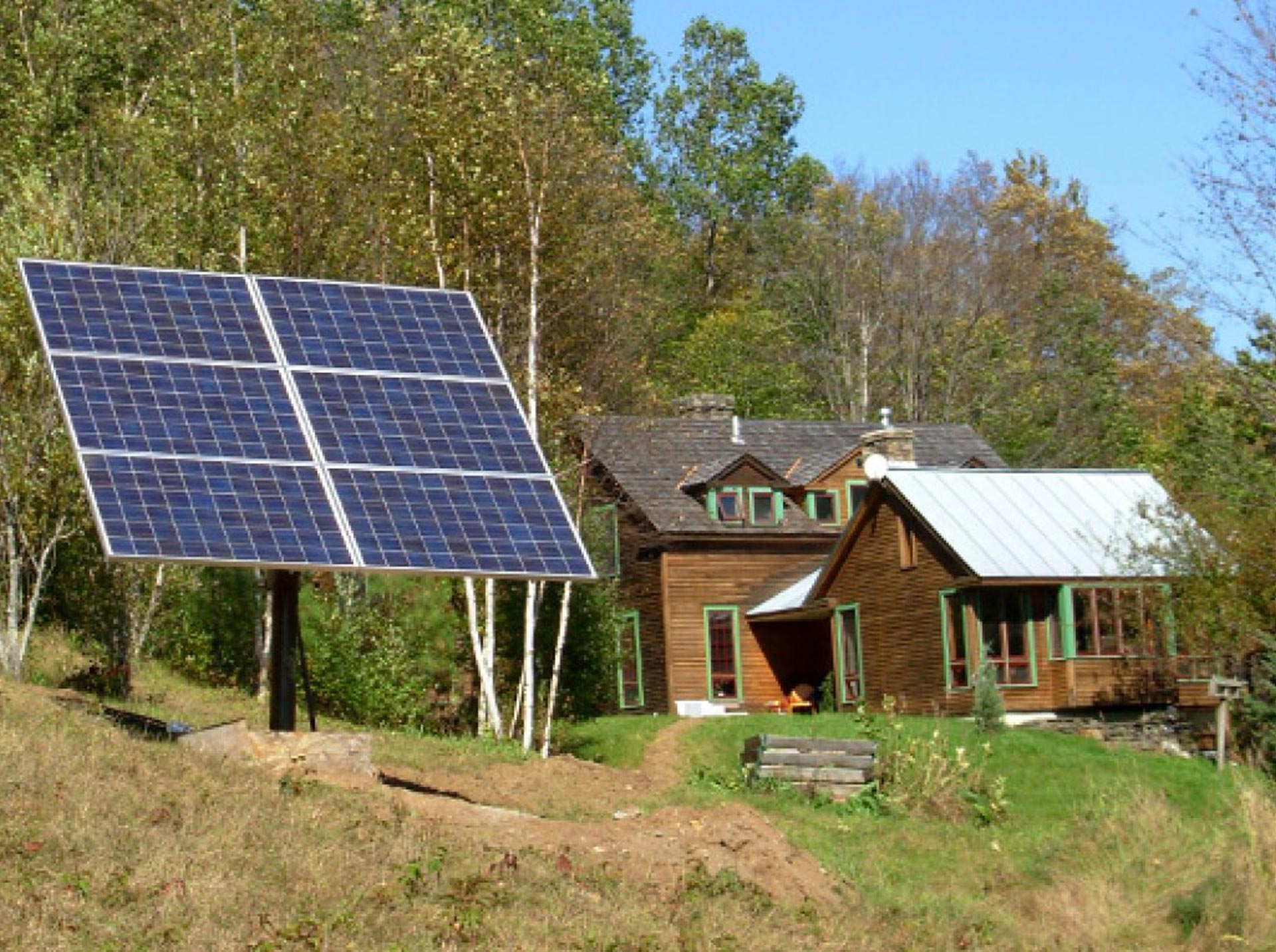“Go green, go green!” Just by repeating and repeating this motto to your friends is not enough to spread and make them understand the message of sustainable living. And, remember your friends are not like your parents or teachers, so nothing is stopping you from having some fun while teaching them about going green!
-
Use Instagram
Did you know that, according to the Instagram statistics for 2021, there are approximately 1.074 billion Instagram users around the world? So, why not use Instagram to spread the message about sustainability?
I believe that the social media platforms can be used to promote our environment. For instance, you could start an Instagram account about eco-sustainability and invite all your friends to follow. You can then post eco-friendly practices and knowledge that inspire them and encourage them to start composting or using all-natural and green products.
Now, you don’t have to limit yourself to your friends only. You can also go beyond and encourage relatives or even complete strangers to be more eco-friendly.
-
Create a Zoom Book Club

During the pandemic, it is indeed true that Zoom was a huge help to many business, organizations and even educational institutions. Unless you are a kid and did not like fact that you had to see your teacher’s face even during the lockdown, many of us appreciate Zoom’s efficiency as a video conferencing software program.
But did you also know that you can start an online book club through Zoom? And, let me tell you that virtual book clubs can be really rewarding. Besides, you can even connect with friends who don’t live in your city.
So, if you want to get your green message out, why not start a book club on Zoom dedicated to sustainable living. It would be an excellent way to socialize at a distance with your friends and at the same time learn more about your environment. There will be an abundance of good books to read on the topic and in an online book club, you will also be able to help your friends to find new books, opening them up to new authors and new experiences. In addition, you can also engage in chats about sustainability as long as you like and due to the online natures of these types of book clubs, you will be able to use tools and technology to track and chart your reading.
-
Start a Community Garden

Another great way to teach your friends about sustainable living: create a community garden!
Now, what is a community garden? It refers to a piece of land that is garden by a group of people. A community garden contributes to a cleaner environment and can also create social ties and a sense of community spirit. In this case, it will not help you to accomplish your objective but will also bring you closer to your friends.
So, get started by either choosing a barren patch of earth in your neighborhood or a container garden in the common area of an apartment building and ask your friends to give you a hand.
-
Challenge Friends to Sign up for Community Clean-Ups

Having friends are all about fun and doing crazy stuff together. One way to have fun and still teach your friends about sustainability is by challenging them to sign up for community clean-ups.
For all those who don’t know, community clean-ups are when volunteers come together to clean, repair and improve public spaces that have been polluted and misused. Moreover, by helping the environment, you will also have some outdoor fun. And, if you want to, you can take some pictures or videos of your friends picking up trash, planting or delivering water to other volunteers.
-
Organize a Joint Garage Sale

Why do you think it’s good to organize a joint garage sale and invite your friends to add their unwanted stuff to the inventory? Because it will be an excellent way to keep stuff out the landfill. And, let’s not forget that in the process, you can also make a little pocket money. It will also help to free up space in your home.
Will you use these tips to raise awareness? Please share your comments!

































